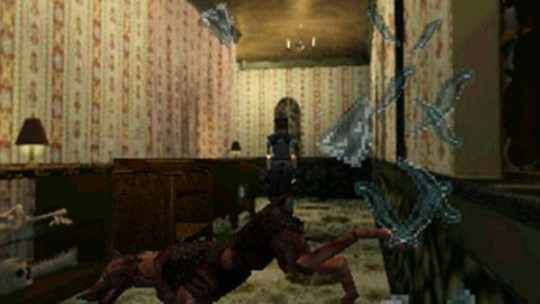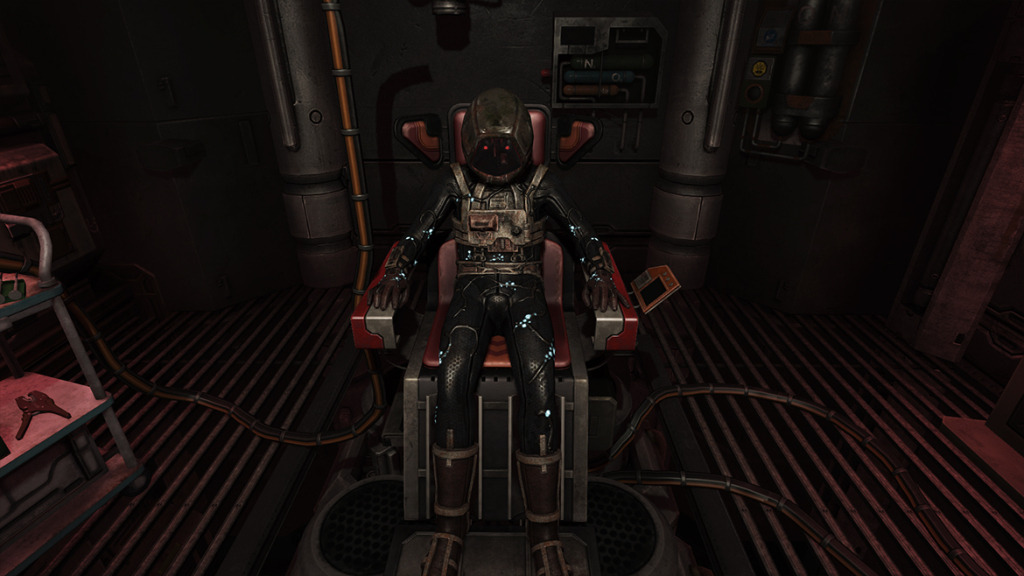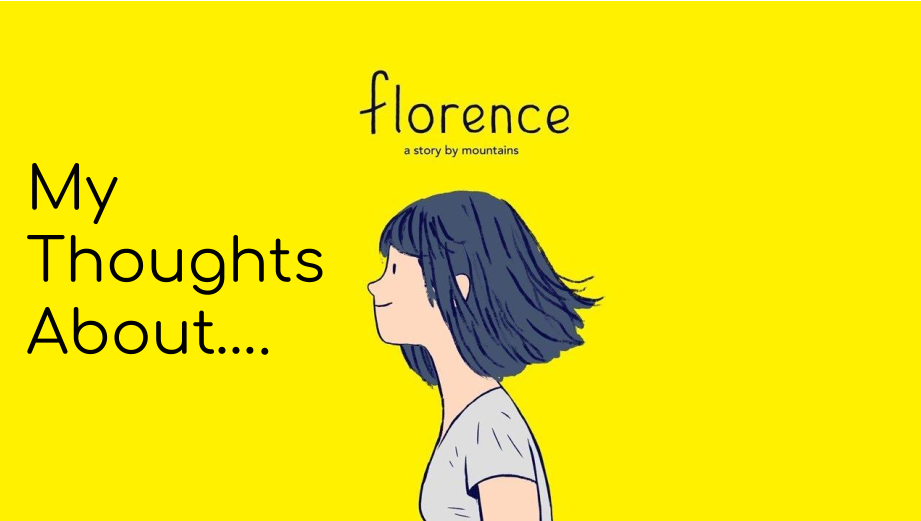As a developer with a passion for horror I have been wanting to make a blog post series talking about my personal game-design philosophy. In this post, I will discuss the difference between a jump scare and creating dread.
So, let’s start out with a definition of both the terms that are important here:
Scare: To frighten, to strike with sudden fear, to alarm.
Dread: Anticipate with great apprehension or fear.
Looking at both of those definitions, we can say that a scare is a temporary feeling when you are made aware of something unexpected. Let’s take a look into some games of the past to get a good feeling of what has been scary.
One of my favourite examples is the famous dog scene in Resident Evil. When the player reached the hallway on the ground floor, a dog jumps through a window in front of the camera, something that startled most players.

Why did the player get startled when this happened? Because up until this point the player has never encountered a dog. Sure the player saw them earlier in the game through a cinematic, but the player knew they would not be interacting with the dog at that moment. However, when the dog jumps through the window, the intent is for the player to panic. No other windows had been broken until this point, and in all likeliness, this thought had never really entered the player’s head. The camera placement here and the lack of control for that half a second really amplify’s the scare. Add all this together and this scene broke all the rules that had been subconsciously established in the player’s head up until this point.
If the player feels comfortable, then break what they ‘know’ about the game.
However, if you keep breaking the rules and re-use a jump scare too often, you risk losing the tension you have created. As a result, players will learn what the triggers are and when to expect the next scare – ‘earn your jump scares‘. It’s interesting to see that in the remastering of Resident Evil, the dog scene was removed as players knew when to expect it, this created a sense of tension as every corridor you went down you expected it to happen – it never did.
Let’s open the door into another game, a more recent one, Soma. This game is masterful in its execution of building dread. While this game does not have much use for jump scares, it uses tension which levers anxiety and this builds into creating dread within the player.

Your imagination is a more powerful tool than anything any developer can use. This is what makes Soma so impactful and what makes it so widely talked about as one of the scariest games of all time.
Frictional Games uses a mixtures sounds, musical and visual distortions to build anxiety within the player without being over the top. It’s not until a good hour into the game that you even encounter something that can harm you. The player does not know what an enemy looks like, when it’s going to show up, or what it does but they do know what it sounds like and the after effects of a confrontation with it. The later only amplifies the tension thus creating dread. If you only give the player limited information about a monster and let there minds fill in the blanks this will be 100% more terrifying to the player.
So, the longer we don’t show an enemy, the more time it gives the player to ‘create’ their own enemy from the depths of their imagination, which believe me, can often be more horrifying than any creature made by developers. The idea of this technique being that the player will begin to ‘see‘ things in the darkness and build up that ever important tension themselves.
Will players remember a game strictly consisting of just jump scares? Probably not. After all, it’s pretty simple to get a cheap scare out of players when they don’t know what’s around the corner or behind the next door, but, does for me that doesn’t leave a lasting impression on the player.
What does interest me is if we can build up fear and tension using a range of techniques (audio is king here) then the scare has more of a lasting impact. If we can create lasting moments of tension we can let the players’ imagination do a lot of the heavy lifting for us and we as developers can fill in the edges of that. When the imagination takes over the possibilities are limitless.
– Mark Gregory (@markgregory_)






